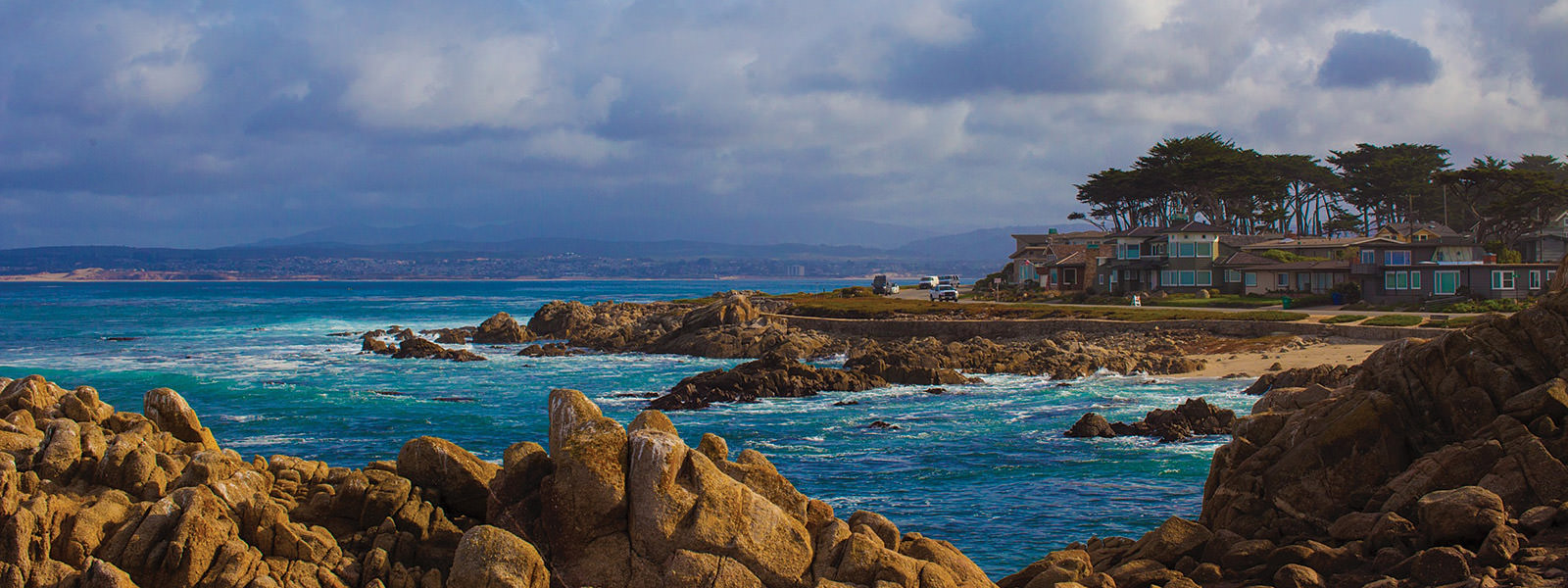Gateway to the Ocean

By Julie Packard
I grew up surrounded by the beauty of California's amazing nature – our scenic coastlines, abundant ocean, and underwater forests. What a privilege.
Every child should have the opportunity to run on a sparkling windy beach or squeal in delight seeing a whale surface for air. Sadly, this is not the case for a growing number of kids and families. Our national marine sanctuaries are part of the solution, providing extra protection to special ocean places for the many benefits they provide.
The most obvious benefit of sanctuaries is to secure areas where we can minimize human impacts, in turn promoting ecosystem health and resilience. But the benefits go far beyond that. Our sanctuaries are test beds for new approaches to understand ocean health and the rapid changes now underway across the global marine environment. They're centers for ocean research and education. And, they can drive a thriving tourism economy, as we've seen in Monterey Bay.
At the Monterey Bay Aquarium, where I serve as executive director, our mission is to inspire conservation of the ocean. The fact that we're on the shores of a vast national marine sanctuary is central to the narrative our visitors take home with them: The Monterey Bay is an amazing, vibrant natural wonder where you can see ocean animals in the wild – all because people took action to protect it.
At the broader level, California's Central Coast is a remarkable example of protected nature generally, in a state of 39 million people. We have a long history of coastal protection, and I'm proud to have helped advance those measures. The Big Sur Coast, where both land and sea are protected, remains one of my favorite places to be refreshed and inspired. It's a haven for animals that once were on the road to extinction. Sea otters, California condors, and brown pelicans now all call it home after decades of depletion. It's a stunning reminder of what we can accomplish if we put our minds to it.
My life's journey that led to the Monterey Bay Aquarium began when I was a college student studying tide pool life on the shores of Monterey Bay. It was not yet a sanctuary and I'm grateful every day that its living resources will be here for future generations to benefit from and enjoy. The opportunities our sanctuaries provide for research and education are essential now more than ever. This is where our next ocean scientists will be inspired and trained, and it's where we can do the research to understand the complex ecosystems that sustain us, in turn to inform a more sustainable path for humanity.
This century must be the one in which we begin to reverse the negative environmental trends underway. Our lives depend on it. When I see the knowledge and passion of young people who have grown up in a world that includes national marine sanctuaries, I'm convinced we can do it.
Julie Packard is the executive director of the Monterey Bay Aquarium


